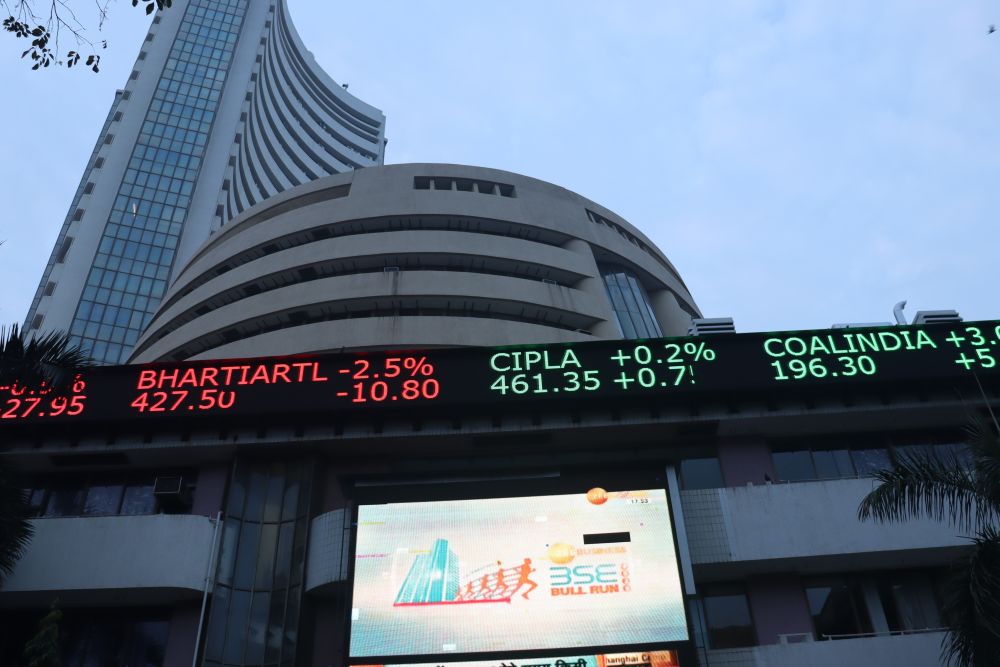Phases 5 and 6 of the Uncleared Margin Rules (UMR) are approaching quickly, and, while phases 1 to 4 only impacted a few firms in Asia, the last two stages will be felt across markets and institutions in the region. The key difference is that phases 5 and 6 – effective from September 2021 and September 2022, respectively, following a one-year delay due to Covid-19 – will bring a wide swath of buyside firms and institutions, including pension funds and insurance companies, into scope.
What are UMR?
UMR were born in the days after the 2008 global financial crisis (GFC), as firms with outstanding non-centrally cleared derivatives transactions scrambled to determine the extent of their potential exposure and possible losses. The rules, which were implemented following the G20 summit in Pittsburgh in 2009, require that, where possible, over-the-counter (OTC) derivatives be centrally cleared and, for uncleared derivative contract trades, both parties be required to post segregated initial margin (IM) and variation margin (VM).
Phases 1 to 4 progressed relatively smoothly, with broker-dealers and the largest financial firms implementing changes to meet UMR obligations. With phase 5, firms with aggregated average notional amount (AANA) of OTC derivatives of more than US$50 billion will be required to exchange IM with counterparties for non-centrally cleared derivatives beginning 1 September 2021. The AANA threshold will be lowered to US$8 billion when phase 6 takes effect on 1 September 2022. In addition to the AANA threshold, firms will only be required to exchange IM when a US$50 million threshold is reached.
Key UMR questions for buyside firms
Buyside firms in Asia face two key questions: are we covered by phases 5 or 6; and, if so, do we have the operational processes and technology required to meet the UMR requirements?
There are a few factors buyside firms in Asia need to consider when answering the first question. First and most obviously, firms should consider the AANA of their OTC derivatives transactions and determine whether they will fall into scope in 2021 or 2022. Second, firms should assess the jurisdictions where they and/or their counterparties conduct this business.
Hong Kong and Singapore have implemented UMR, Korea and Taiwan are in the process of implementing the regulation, and most Malaysian firms fall into scope via their branches in UMR live jurisdictions. That said, any firm in Asia that has OTC derivatives contracts with a firm in a jurisdiction that has adopted UMR – whether it be Hong Kong, Singapore, Australia, the UK, Europe or the US – will be responsible for posting bi-directional IM if they fall within the specified AANA thresholds (note that VM posting is irrespective of AANA threshold).
The second question – regarding operational processes – is as equally important as the first, but comes down to one thing: firms that have automated collateral management solutions are better positioned to comply with UMR. Those using manual or semi-automated processes to operationalize collateral exchange are likely to struggle to meet the forthcoming requirements.
This is largely because the process and technology requirements of meeting IM and VM are significant and tend to become onerous as market volatility rises. Maintaining IM is much more labour intensive than VM alone, as each firm needs to calculate their daily exposure on each outstanding contract, update the relevant counterparties of required adjustments, and then allocate and send and/or receive the appropriate collateral. In normal day-to-day trading, this can be a challenge – amid a market dislocation it will be daunting without fully automated infrastructure.
Additionally, buyside firms need a robust collateral strategy. As IM kicks in, buyside firms will need to make informed choices on which collateral will be most suited while bearing in mind the available collateral inventory and the operational ease of underlying settlement processes.
Case in point: margin calls amid Covid-19
For any financial firms that didn’t automate collateral management processes post-GFC, the combination of UMR and Covid-19 created a perfect storm.
As Covid-19 spread in early 2020, market volatility spiked amid uncertainty and financial institutions quickly shifted to remote work environments. At the same time, this volatility led to spikes in margin calls, causing operational disruptions for firms that relied on manual processes and physical teams, including firms that were already in scope under UMR phases 1 to 4.
The volumes and pressure on margin call operations at the onset of the pandemic was so significant that even firms with some level of automation faced challenges. Firms quickly came to realize that they needed even greater automation to handle the sheer volume of margin exchange required as markets whipsawed, and daily margin requirements fluctuated significantly.
What’s at stake
While operations professionals are making the case for higher levels of automation in this critical area, so too are credit risk professionals who demand visibility on collateral received from their counterparties to monitor concentration limits and wrong-way risk. Firms that fail to meet their margin requirements under the forthcoming phases 5 and 6 face the prospect of regulatory fines.
In addition, counterparties may come to see some firms without an automated collateral management system in place as too risky to do business with.
Best-in-class automation
The way forward is automation. Firms are encouraged to invest in an automated collateral management system in order to meet upcoming UMR requirements. This includes the ability to conduct the following on a daily basis: calculate exposure across all outstanding derivative contracts; match and agree on exposure with counterparties; agree eligibility and haircuts on collateral types and regularly assess, receive and settle IM at contract initiation, and VM. And firms must be able to do this amid market strains that could range from increased volatility to physical workforce disruptions.
In addition to meeting these basic requirements, a complete solution should help market participants track concentration risk, which can arise when they exceed their limits of a certain class of collateral or when they accrue excessive exposure to a specific issuer.
Manual and legacy processes simply cannot keep up with the volume of collateral management that buyside firms and institutions will face under full UMR implementation nor position them to successfully manage future market events that cause significant volatility. The writing is on the wall – after the GFC and Covid-19, and with the forthcoming regulations on the horizon, now is the time to automate.
Purtini Joshi is a collateral management executive at DTCC.









